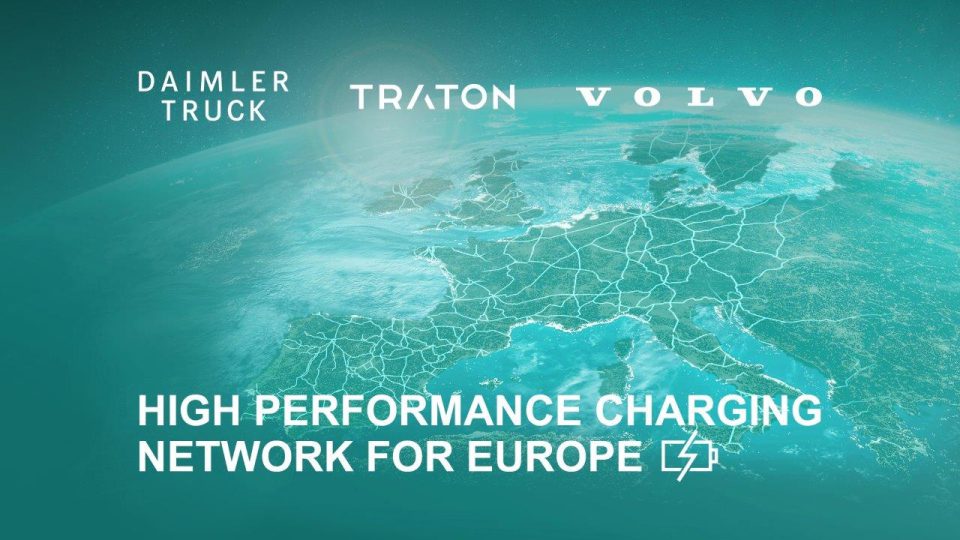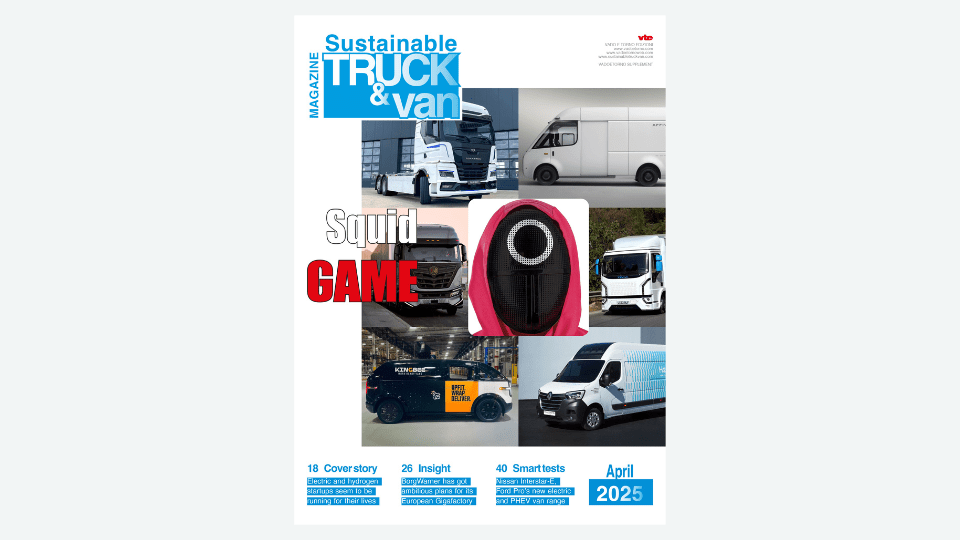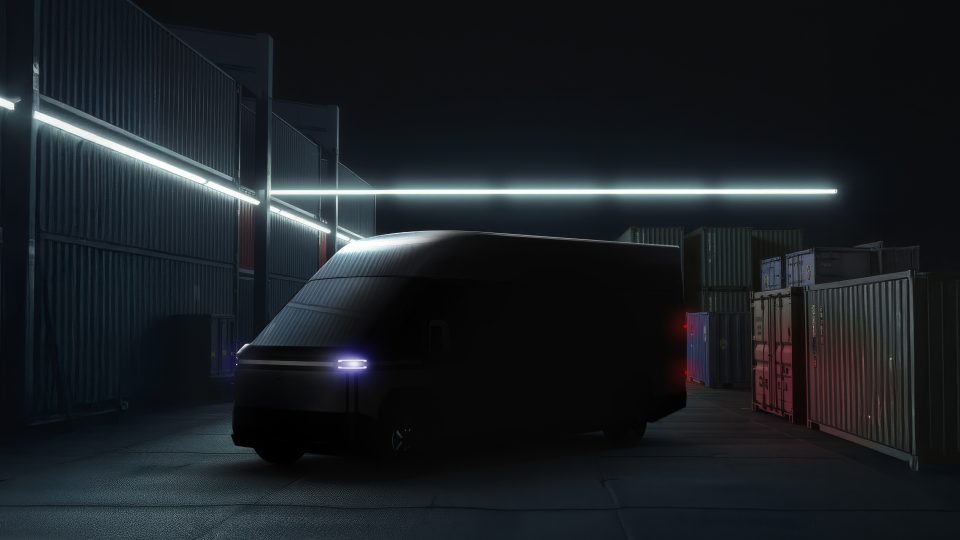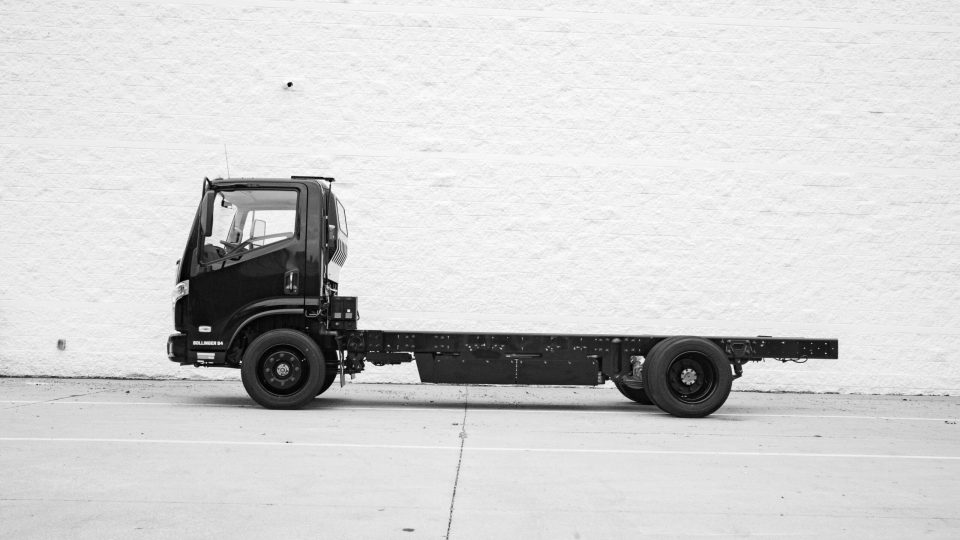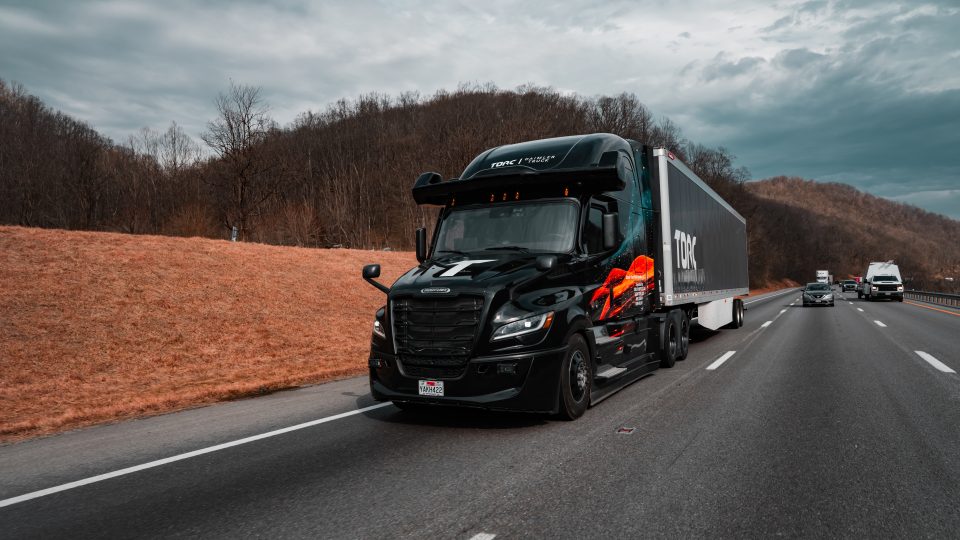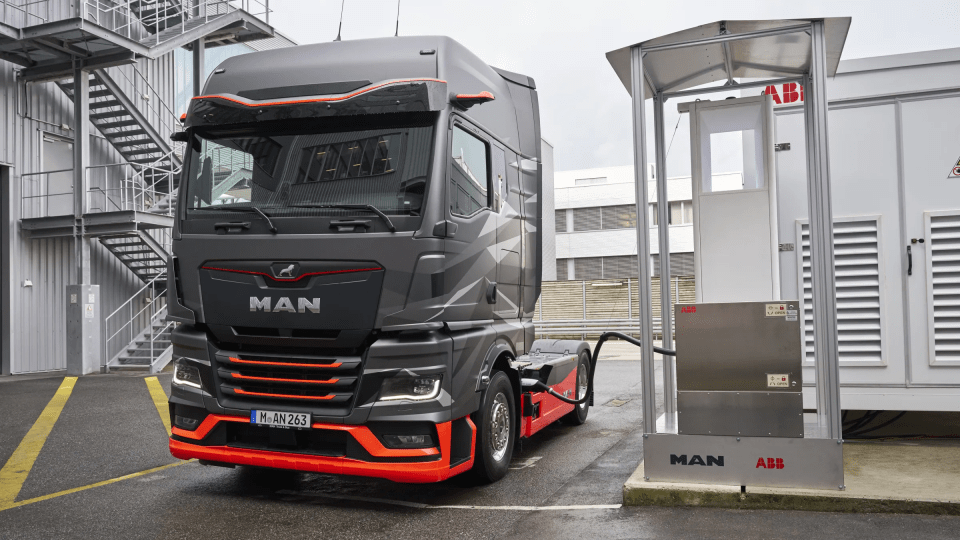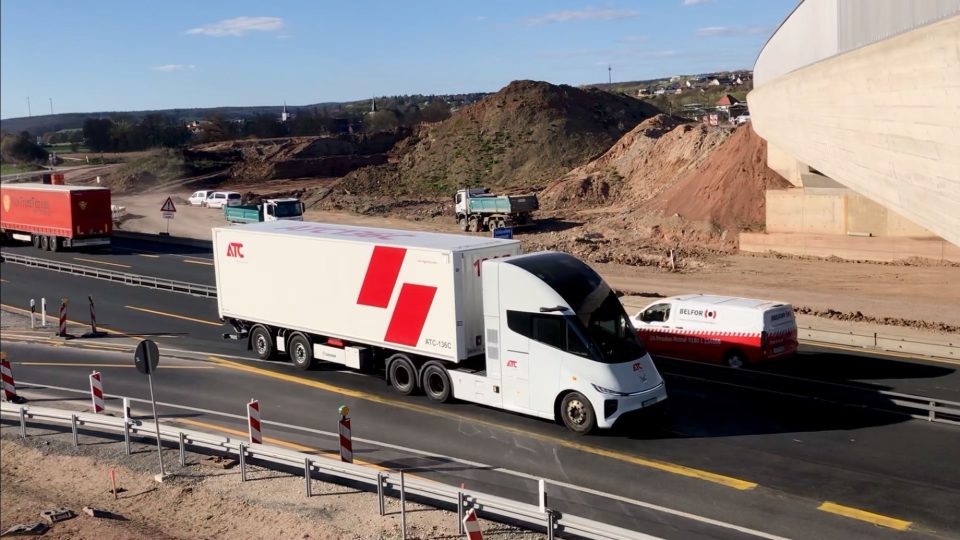Yes, the TRATON Group brands are working on autonomous driving projects
For TRATON, the maximum benefit of combining both topics (electric and autonomous vehicles) is the total cost of ownership (TCO). In terms of total cost of ownership per kilometer, based on the same annual mileage, savings of up to double-digit percentages can already be assumed in the comparison of combustion engine versus electric motor.
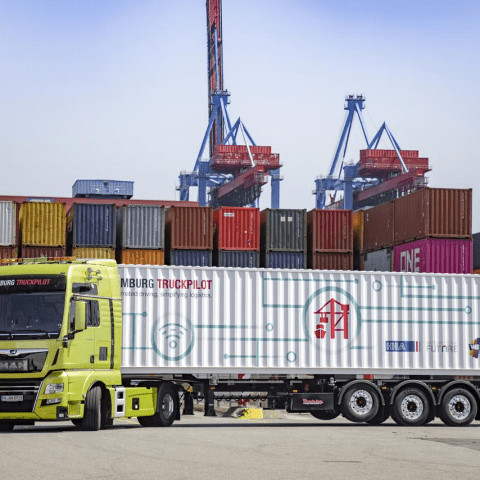
It may not be something totally new, but now we know something more about the TRATON Group brands working on autonomous driving projects. The manufacturers belonging to the TRATON Group are MAN, Navistar, Scania and Volkswagen Caminhões e Ônibus (here’s our interview with CEO Roberto Cortes). In fact, there are already near-series applications of autonomous trucks in port terminals, in hub-to-hub traffic, or in opencast mining.
Potrebbe interessarti
Scania CEO Christian Levin now also appointed CEO of TRATON Group
TRATON for autonomous driving: trials are ongoing
Among the practical trials that the TRATON GROUP is conducting with partners and customers worldwide, a number of lighthouse projects stand out. Since 2018, for example, Scania has garnered experience with an autonomous heavy construction site vehicle at an Australian salt mine operated by Rio Tinto (below). The major advantage of this project is that it involves a demarcated area without passenger traffic. MAN is running further projects in clearly defined areas of operation at an intermodal depot in Ulm and at the Port of Hamburg.
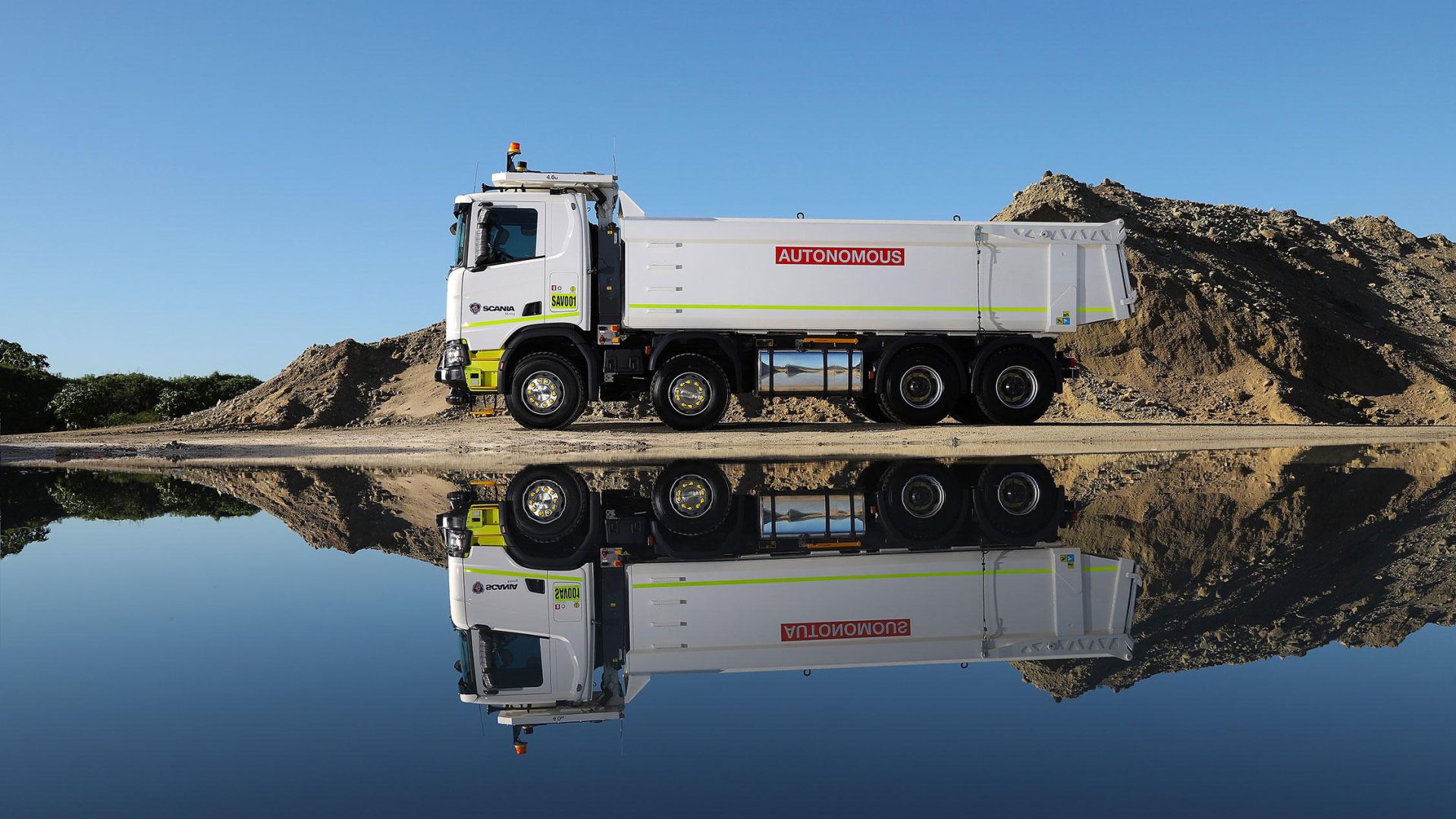
According to TRATON, this is generally one of the earliest and at the same time most promising use cases for autonomous and, if possible, battery-electric trucks: in comparatively less complex long-distance highway operations between freight centers, autonomous trucks offer the greatest potential for making transports more efficient, cost-effective, reliable, sustainable, and safe. Incidentally, the legal prerequisites for future hub-to-hub applications as an important component of Logistics 4.0 are being created in Germany by the Autonomous Driving Act, which came into force in July 2021.
It’s a matter of TCO…
For TRATON, the maximum benefit of combining both topics (electric and autonomous vehicles) is the total cost of ownership (TCO). In terms of total cost of ownership per kilometer, based on the same annual mileage, savings of up to double-digit percentages can already be assumed in the comparison of combustion engine versus electric motor. In the next step toward an autonomously driving e-vehicle without a driver, the savings will be even more significant.
Potrebbe interessarti
500 million euro each. Daimler Truck, TRATON and Volvo get closer to the joint venture on electric infrastructure
«Still in this decade, ahead of a broad market penetration of autonomous driving, recharging times of about half an hour and average nonstop driving times of eight hours for an autonomous truck are entirely realistic», calculated Andreas Kammel, who is responsible for the electrification strategy at TRATON GROUP. «Autonomous driving fully pushes the cost advantages of the e-truck through intensive use. This makes e-trucks by far the most cost-effective and cleanest solution for long-distance heavy-duty transport, not only in the short term, but especially in the long term. All we need to do to make this happen is plan ahead and think about the ramp-up of e-trucks now with the charging infrastructure for cars».
To summarize, as soon as technically feasible and permitted by law, the TCO advantage will lead to a rapid switch to autonomous e-trucks on all suitable routes. On such routes, traditional transports will simply no longer be competitive, and the immense cost benefits will far outweigh the investments in charging infrastructure.




